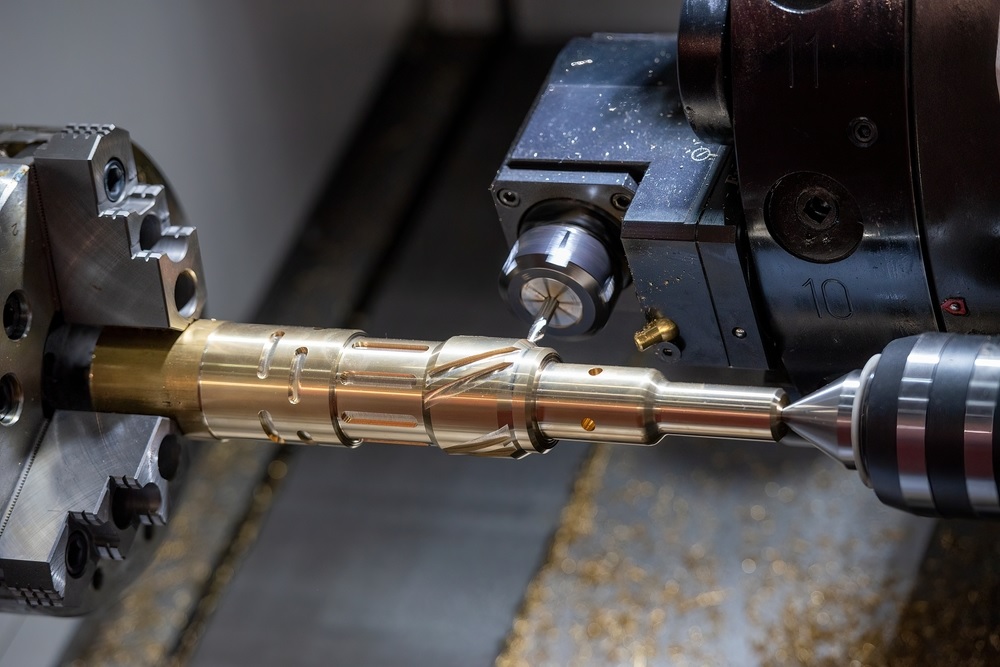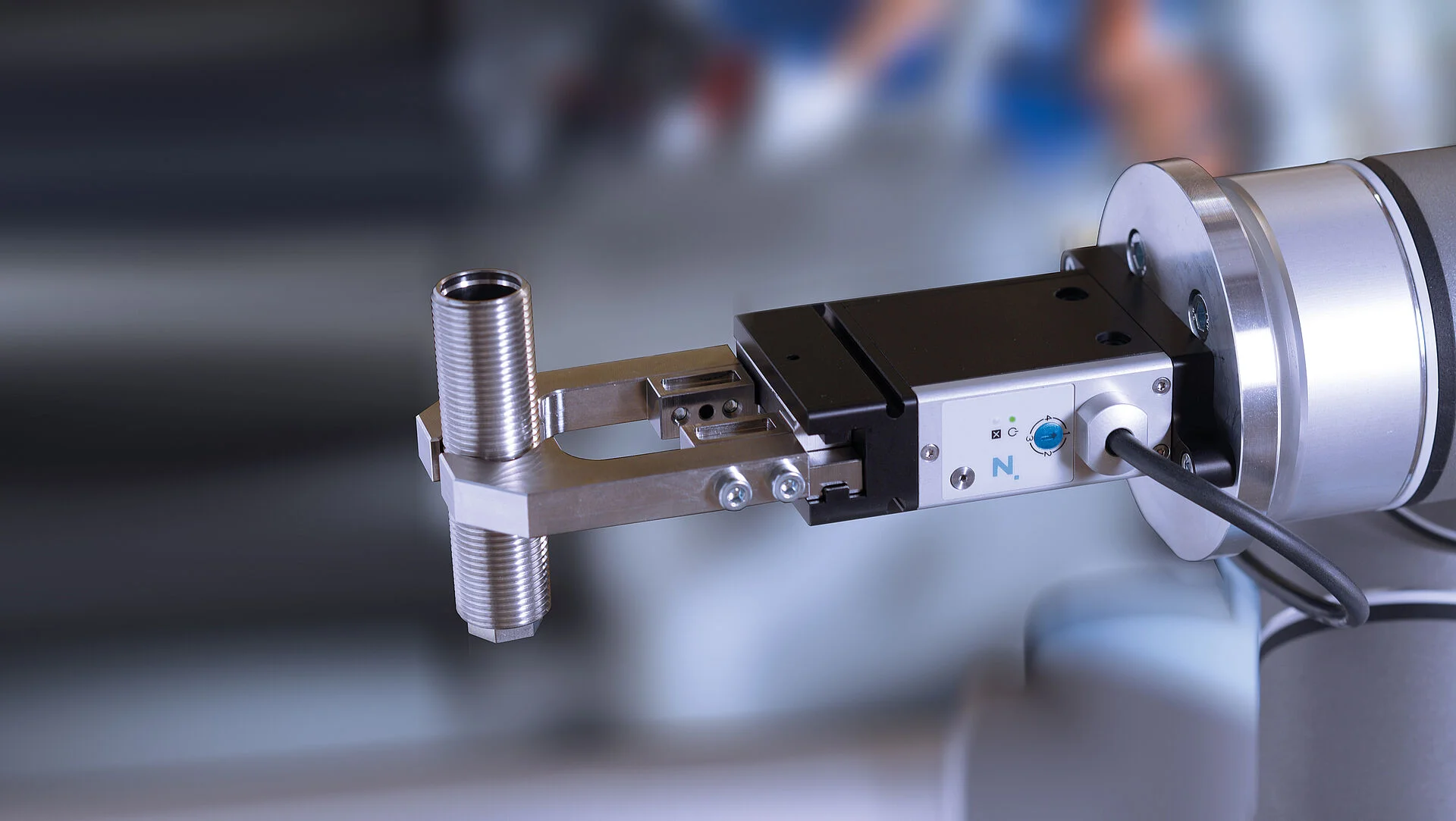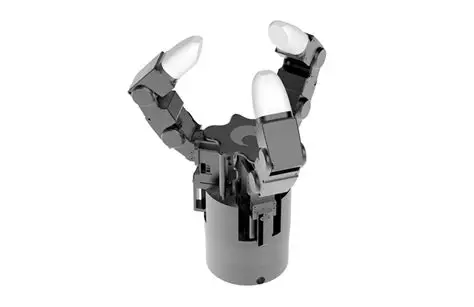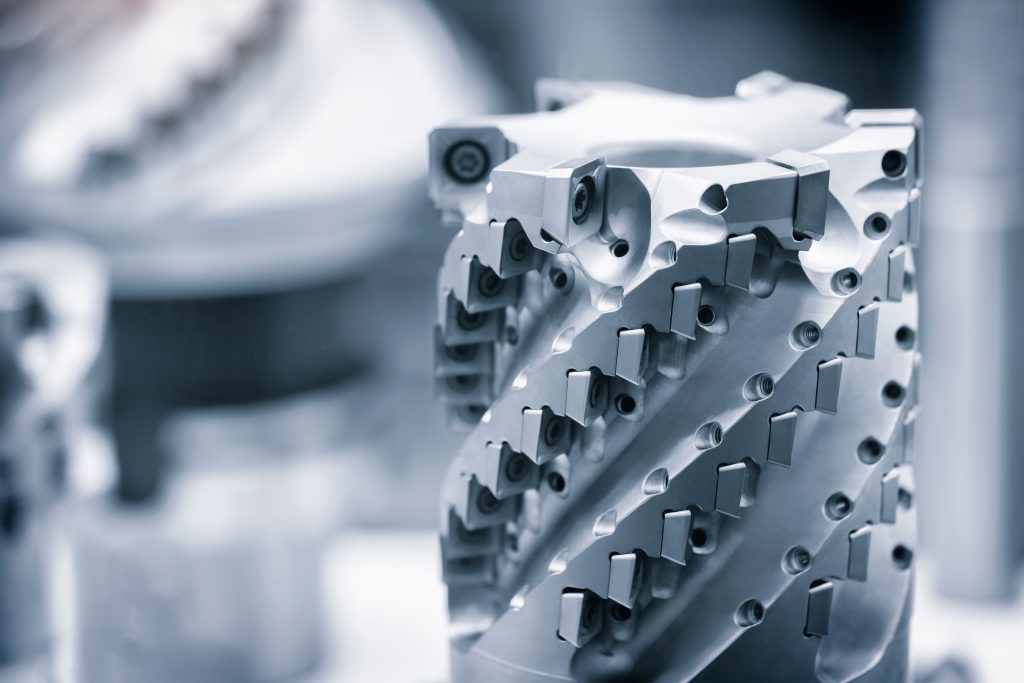Precision Machining of Brass Components: Expert CNC Machining Services
Overview: The Critical Role of Precision Brass Machining in Modern Manufacturing
Brass, a copper-zinc alloy renowned for its excellent machinability, corrosion resistance, and aesthetic appeal, serves as a critical material across aerospace, automotive, electrical, and plumbing industries. Precision machining of brass components requires specialized expertise and advanced CNC equipment to leverage its full potential while addressing unique challenges like material softness and tendency to burr formation.
At our CNC machining facility, we’ve mastered the art and science of producing high-performance brass components that meet the most stringent requirements. This comprehensive guide explores the technical complexities, specialized processes, and practical applications of precision brass machining.
Material Properties: Understanding Brass Alloys for Precision Machining
Brass possesses an exceptional combination of properties that make it valuable for demanding applications:
Table 1: Characteristics of Common Brass Alloys for CNC Machining
| Brass Alloy | Composition | Machinability Rating | Tensile Strength (MPa) | Key Applications | Machining Considerations |
|---|---|---|---|---|---|
| C360 (Free-Cutting) | 61.5% Cu, 35.5% Zn, 3% Pb | 100% | 310-500 | Fittings, valves, connectors | Excellent chip formation, requires sharp tools |
| C260 (Cartridge) | 70% Cu, 30% Zn | 80% | 325-550 | Automotive, electrical components | Good corrosion resistance, moderate machinability |
| C464 (Naval) | 60% Cu, 39.2% Zn, 0.8% Sn | 70% | 380-550 | Marine hardware, propeller shafts | Excellent seawater corrosion resistance |
| C485 (Leaded) | 60.5% Cu, 36.5% Zn, 3% Pb | 95% | 340-510 | Gears, bearings, bushings | Superior machinability, good wear resistance |
| C857 (Architectural) | 63% Cu, 34% Zn, 3% Pb | 90% | 350-520 | Decorative fixtures, architectural hardware | Excellent finish quality, aesthetic appeal |
These properties translate to significant functional benefits but also present unique machining challenges that demand specialized approaches, particularly in maintaining dimensional stability and surface finish quality.
Advanced Brass Machining Techniques: Optimizing for Material Characteristics
Precision CNC Milling for Complex Brass Geometries
Our multi-axis CNC milling centers deliver the precision required for complex brass components. With capabilities to maintain tolerances within ±0.005 mm (±0.0002 inches) and achieve surface finishes of 0.4μm Ra, we can produce intricate brass parts with minimal post-processing. The key to successful brass milling lies in controlling several critical parameters:
-
Optimal spindle speeds between 1,500-3,000 SFM (Surface Feet per Minute) to prevent material galling
-
Reduced feed rates (approximately 0.005-0.015 inches per tooth) to minimize tool pressure
-
Specialized tool geometries with positive rake angles (10-15°) for clean material separation
-
Advanced cooling techniques using compressed air or minimal mist cooling to prevent chip welding
Specialized CNC Turning for Rotary Brass Parts
Our precision CNC lathes with high-speed spindles (up to 6,000 RPM) excel at producing round brass components with exceptional dimensional stability. The turning process requires:
-
Sharp, polished carbide tools with ground edges to reduce cutting forces
-
Customized tool geometries that prevent material dragging and deformation
-
Controlled environment maintaining consistent temperature to prevent thermal expansion issues
-
Real-time monitoring to adjust parameters dynamically during operation
Innovative Drilling and Threading Techniques
Drilling and threading brass presents particular challenges due to its tendency to form burrs and maintain thread integrity. Our research-backed approach implements:
-
Peck drilling cycles with increased retract height to facilitate efficient chip evacuation
-
Reduced spindle speeds (minimum 1,000 RPM) and 30% lower feed rates compared to steel
-
Specialized drill geometries with polished flutes to prevent material adhesion
-
Thread milling rather than tapping for precision threads in blind holes
Table 2: Optimized Machining Parameters for Brass Alloys
| Operation | Cutting Speed (SFM) | Feed Rate (inches/tooth) | Depth of Cut (inches) | Tool Material | Coolant Strategy |
|---|---|---|---|---|---|
| Rough Milling | 500-800 | 0.008-0.015 | 0.100-0.250 | Carbide (K-grade) | Compressed Air |
| Finish Milling | 800-1,200 | 0.003-0.006 | 0.005-0.020 | Carbide (K-grade) | Mist Coolant |
| Turning | 600-1,000 | 0.004-0.012 | 0.010-0.100 | CBN/PCD | Minimal Flood |
| Drilling | 200-400 | 0.002-0.006 | – | Carbide (Straight Flute) | Compressed Air |
| Threading | 100-300 | 0.0015-0.004 | – | Carbide (TiN Coated) | Mist Coolant |
Technical Innovations in Brass Machining
5-Axis Machining Capabilities
Our state-of-the-art 5-axis machining centers provide unparalleled capabilities for producing complex brass components in a single setup. This technology enables:
-
Simultaneous multi-surface machining without repositioning
-
Exceptional geometric complexity with tight tolerances maintained across all axes
-
Reduced production time by eliminating multiple setups
-
Superior surface finishes through optimal tool orientation and continuous path control
Thermal Management During Machining
Brass’s high thermal conductivity requires careful temperature management during machining to prevent dimensional inaccuracies. We employ:
-
Infrared thermal imaging to monitor workpiece temperature in real-time
-
Cryogenic cooling systems that maintain consistent temperature without contaminating the material
-
Adaptive feed rate control that adjusts based on cutting temperature
-
Specialized fixture designs that dissipate heat while minimizing workpiece stress
Burr Prevention and Management
The soft, ductile nature of brass makes it particularly prone to burr formation, especially at tool entry/exit points and sharp internal corners. Our comprehensive approach includes:
-
Specialized tool paths that integrate corner relief into milling patterns
-
Helical milling tools with enhanced chip removal capabilities
-
Secondary finishing processes including vibratory deburring and tumbling
-
Geometric modifications that replace sharp corners with radii when possible
Industry-Specific Applications and Case Studies
Case Study 1: Aerospace Fuel System Components
We recently manufactured critical valve assemblies for aerospace fuel systems requiring exceptional corrosion resistance and dimensional stability. The project involved:
-
Material: C36000 Free-Cutting Brass for superior machinability
-
Key Challenges: 0.005mm tolerances across 75mm diameter, 24 mounting holes with positional accuracy within 0.01mm
-
Solution: 4-axis machining with custom vacuum fixtures and in-process inspection
-
Results: 100% compliance with leakage rate requirements, 35% reduction in weight compared to stainless steel alternatives
Case Study 2: Medical Device Connector Components
A leading medical device manufacturer required precision connector components for fluid delivery systems with absolute reliability. Our approach included:
-
Material: C26000 Cartridge Brass with medical-grade certification
-
Key Challenges: Micro-features with 0.2mm dimensions, Ra 0.4μm surface finish, absolute cleanliness
-
Solution: CNC turning with diamond tools, cleanroom assembly, and packaging
-
Results: Zero particulate contamination, 99.8% reliability in accelerated life testing
Case Study 3: Electrical Connector Systems
For high-reliability electrical systems requiring precision conductivity, we developed complex connector systems with these specifications:
-
Material: C27200 Yellow Brass with excellent electrical properties
-
Key Challenges: 0.1mm pitch contact patterns, electrical continuity requirements, corrosion resistance
-
Solution: Multi-stage machining with intermediate cleaning, specialized tooling without lubricants
-
Results: Achieved 99.99% conductivity specifications, 40% improvement in connection reliability over previous designs
Quality Assurance and Metrology
Advanced Inspection Capabilities
Our comprehensive quality system ensures every brass component meets exacting specifications:
-
Coordinate Measuring Machines (CMM) with 0.0003mm volumetric accuracy
-
Optical comparators for rapid 2D feature verification
-
Surface roughness analyzers with 0.01μm resolution
-
Custom fixtures that simulate operating conditions for functional testing
Statistical Process Control
We implement rigorous SPC protocols throughout the manufacturing process:
-
First-article inspection with comprehensive documentation
-
In-process verification of critical dimensions at predefined intervals
-
Capability studies (Cp/Cpk) for all controlled dimensions
-
Traceability systems that track material from receipt to shipment
Design Optimization for Brass Machining
Design for Manufacturing Guidelines
To maximize performance and minimize cost, we recommend these design principles for brass components:
-
Maintain uniform wall thickness wherever possible (minimum 0.5mm)
-
Avoid sharp internal corners – use radii of at least 0.3mm
-
Consider material anisotropy – properties may vary with orientation
-
Account for thermal expansion – brass has high coefficient of thermal expansion
-
Design for post-processing when required (e.g., surface treatments)
Cost Optimization Strategies
Based on our experience with hundreds of brass projects, these strategies deliver the best value:
-
Standardize tooling where possible to minimize setup changes
-
Combine operations using multi-axis machining capabilities
-
Optimize blank sizes to minimize material waste
-
Group similar parts for production efficiency
-
Consider family molds for high-volume production
Comparison with Alternative Manufacturing Processes
CNC Machining vs. Forging
While forging offers advantages for very high volumes, CNC machining provides superior benefits for most brass components:
-
No tooling investment required for design iterations
-
Faster time to market – days instead of weeks for die fabrication
-
Tighter tolerances – ±0.025mm vs. ±0.125mm for forging
-
Superior surface finishes without die parting lines
CNC Machining vs. Casting
Although casting has its place, CNC machining remains preferred for high-performance brass applications:
-
Better mechanical properties without porosity concerns
-
Superior dimensional accuracy without mold limitations
-
Faster production for medium batch sizes
-
More design flexibility without draft angle requirements
Technical Resources and Support
Material Selection Guidance
We offer comprehensive support in selecting the optimal brass grade for your application:
-
Free-cutting brass for maximum machinability and complex geometries
-
Naval brass for marine applications requiring corrosion resistance
-
Leaded brass for improved lubricity and wear resistance
-
Architectural brass for decorative applications requiring aesthetic appeal
Engineering Support Services
Our technical team provides end-to-end support throughout your project:
-
Design for manufacturability analysis
-
Material selection guidance
-
Process validation planning
-
Technical documentation including material certifications
Conclusion: Partnering for Precision Brass Machining Solutions
Precision machining of brass components represents a specialized niche within manufacturing, requiring extensive expertise, specialized equipment, and rigorous process controls. The material’s unique properties make it indispensable for demanding applications across aerospace, medical, electrical, and industrial sectors.
At our facility, we’ve combined advanced CNC technology with deep material knowledge to deliver brass components that meet the most challenging requirements. Our comprehensive approach addresses every aspect of the manufacturing process, from initial design through final inspection, ensuring consistent quality and performance.
For your next brass machining project, partner with a manufacturer that understands both the technical complexities and practical considerations of working with this exceptional material. Contact us today to discuss how our brass machining capabilities can address your specific application requirements.








